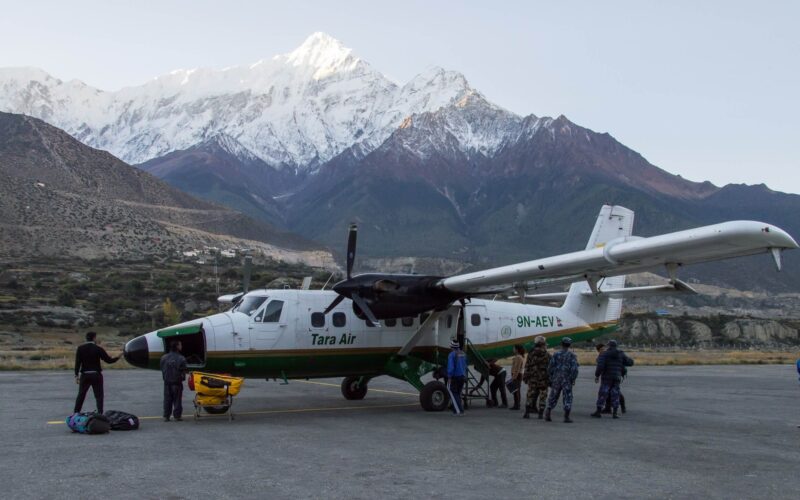Nepalese rescuers have reached the Tara Air crash site. While the rescue operation continues, no survivors have been found and hopes are fading. The turboprop was carrying 22 people on board including three crew members.
“There is very little chance to find survivors,” Deo Chandra Lal Karna, a spokesman for the Civil Aviation Authority of Nepal, told Reuters on May 30, 2022.
AeroTime has asked the Civil Aviation Authority of Nepal for a comment.
On the morning of MAY 30th, the wreckage of 9N-AET was located on a mountain ridge and rescuers arrived at the scene at Sanosware, Thasang-2, Mustang in Dhaulagiri district. No survivors were found.https://t.co/bvBhdrj1rZ pic.twitter.com/Zn7KqmtHT1
— JACDEC (@JacdecNew) May 30, 2022
The Tara Air De Havilland Canada DHC-6/300 Twin Otter turboprop, registered as 9N-AET and bound for Jomson Airport (JMO), took off from Pokhara Airport (PKR) at 9:53 AM, according to Flightradar24.com. It lost contact with the airport tower at 10.07AM, Nepal’s aviation authority said in an official statement.
Shortly after the aircraft went missing, two helicopters were deployed to locate the aircraft. The wrecked aircraft was located in a remote mountainous area in the Dhaulagiri region, a day after the aircraft disappeared from radars.
The country’s aviation authority confirmed that the plane crashed at an altitude of 14,500 feet.
Nepal has one of the poorest aviation safety records in the world. Bad weather conditions, steep mountains, lack of training, and old aircraft are often blamed for crashes in the country. The European aviation regulator has banned all Nepali airlines from its airspace due to the country’s poor safety record since 2013.
Tara Air has had three plane crashes since 2010. In 2016, a Tara Air aircraft crashed in a mountainous area operating a Pokhara-Jomson route, killing 23 people. Prior to the 2016 crash, Tara Air suffered a fatal crash in 2010, killing 22 people including three crew members.

